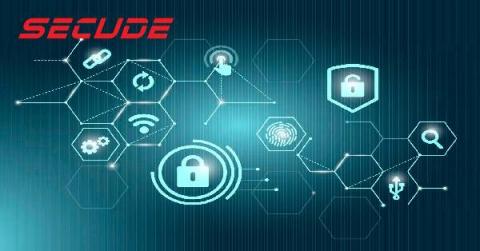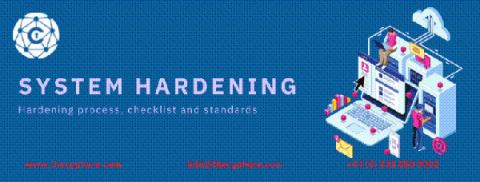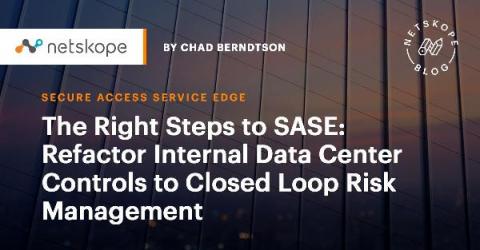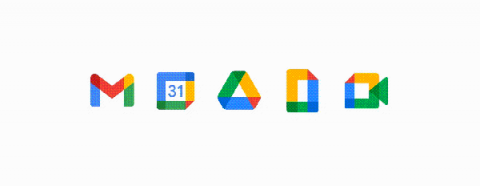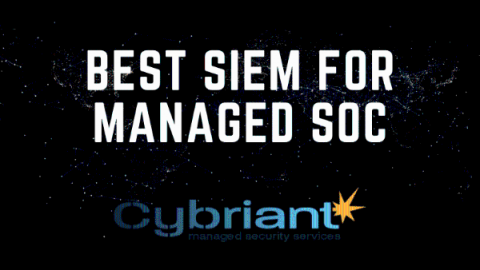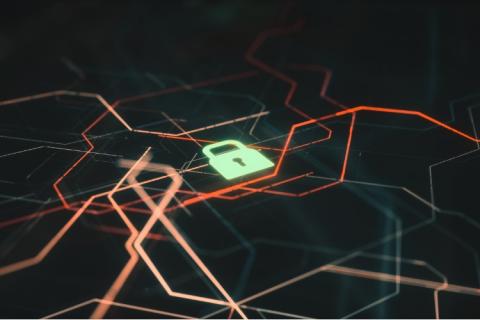Security | Threat Detection | Cyberattacks | DevSecOps | Compliance
Latest News
How to reduce your attack surface with system hardening in 2021
The goal of system hardening (or security hardening) is to reduce the attack surface. It includes reducing security risks and removing potential attack vectors. By removing superfluous programs, accounts functions, applications, ports permissions access etc., the reduced attack surface means the underlying system will be less vulnerable, making it harder for attackers or malware to gain a foothold within your IT ecosystem.
The Right Steps to SASE: Refactor Internal Data Center Controls to Closed Loop Risk Management
The following is an excerpt from Netskope’s recent book Designing a SASE Architecture for Dummies. This is the sixth in a series of seven posts detailing a set of incremental steps for implementing a well-functioning SASE architecture. Throughout this series, we repeat that the data center is just one more place people and data have to go—it’s no longer the center of attention.
Is Google Drive HIPAA Compliant?
Google Drive is one of the oldest and most well known cloud storage and productivity suites. Although Google Drive launched in 2012, Google’s productivity platform dates back to 2006, when Google Docs and Google Sheets first launched. Over the years, Google would more closely integrate these services before moving them under the Google Drive and Google Suite brand. Today, Google Drive and Google’s entire suite of collaborative tools are referred to as Google Workspace.
How can businesses stay ahead of loyalty point fraud?
In our recent webinar featuring Netacea’s Head of eCommerce, Tom Platt, we explored the rising threat of loyalty point fraud and how businesses can reap the benefits of loyalty schemes while staying protected from attacks and retaining customer loyalty. Watch the full webinar on demand or catch up on the takeaways here.
How an open source software audit works
Open source software audits can identify undetected issues in your codebase. Learn how our audit services can help you understand the risks during an M&A. Most of our clients understand that an open source software audit differs from an automated scan. An audit involves expert consultants analyzing a proprietary codebase using a combination of Black Duck® commercial tools and tools we’ve developed and use internally.
Recommendation for Best SIEM for Managed SOC
What is the best SIEM for a Managed SOC? Security information and event management (SIEM) software, is software that grants security professionals in enterprises insight, as well as a track record of the activities taking place in their IT environment.
How Much Damage a Ransomware Attack Can Cause
The 3 Types of Security Controls (Categories, Frameworks and Standards)
Security controls can be physical or virtual, policies, training, techniques, methodologies, action plan, devices, and customised solutions to avoid, detect, and prevent intruders and minimise the security risk befalling the individual or organisational proprietary information systems, etc.
A mid-year update for Cybersecurity - 4 trends to watch
It is nearing the mid-year point of 2021, and already it can be characterized as” the year of the breach.” Many companies and institutions saw their security perimeters pierced by hackers including the mega-breaches of Solar Winds and the Colonial Pipeline. The scale of penetration and exfiltration of data by hackers and the implications are emblematic of the urgency for stronger cybersecurity.


